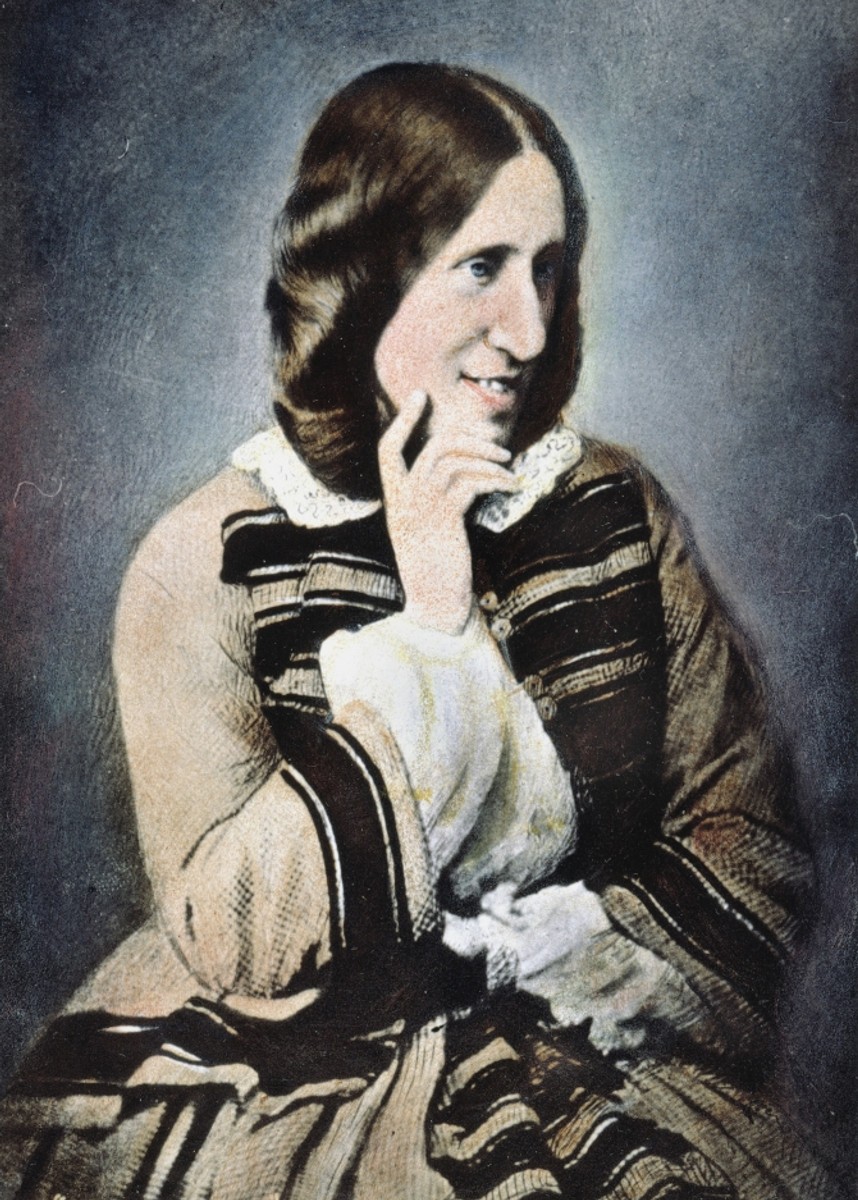
Marriage Story … In The Marriage Question, Claire Carlisle explores how George Eliot’s unconventional union with George Lewes, a married philosopher, shaped the Middlemarch writer’s career. Jenny McPhee reviews.
In October of 1856, Mary Ann Evans, a successful English essayist and editor, wrote a scathing essay in The Westminster Review entitled “Silly Novels by Lady Novelists,” criticizing the majority of novels written by and for women for being permeated with “the frothy, the prosy, the pious, or the pedantic.” At the same time, Evans—soon to become George Eliot—was struggling to begin her first foray into fiction, a long-held ambition.
So far, she’d been discouraged by the philosopher George Lewes, her spiritual, intellectual, and romantic soulmate, her “husband” in every way except legally, who claimed she was “without creative power.” Yet, that summer, Lewes relented, urging her to write a short story, her “wit, description, [and] philosophy” lending itself well to the genre. He was transparent about his change of mind—he needed to pay off the huge debts of his legal wife, Agnes, and fiction was more lucrative than nonfiction. Eliot, desirous that their “marriage” in every way mirror a real one, had insisted her earnings be deposited directly into Lewes’s bank account.
The best marriages—legal, spiritual, and otherwise—are deeply complicated, problematic, nuanced, co-dependent, foundational, tricky. Clare Carlisle, in her intriguing, often brilliant book The Marriage Question, guides us, by way of biography, philosophy, literary interpretation, literary history, and the histories of art and religion, through a profound consideration of Eliot’s unconventional “marriage,” and how that emotional—and, in many ways, strategic—choice influenced her life and career.
A central question in Carlisle’s book is one Eliot often posed to readers of her novels: Under what conditions can women find creative expression and fulfillment given extensive, often prohibitive, cultural, legal, and societal barriers?
Eliot was born into a lower-middle-class, conservative Anglican family in rural England. Marriage was her destiny. Her physical appearance, however, fell short of the feminine ideal. She had a long chin, gray eyes, crooked, protruding teeth, and “that magnificent nose which drew comparisons with the physiognomy of John Locke, Dante, and Savonarola.” Eliot yearned for someone to share her life and ambitions with, but she was also fully aware that marriage, rather than nurturing creativity in a woman, was often the harbinger of its death.

